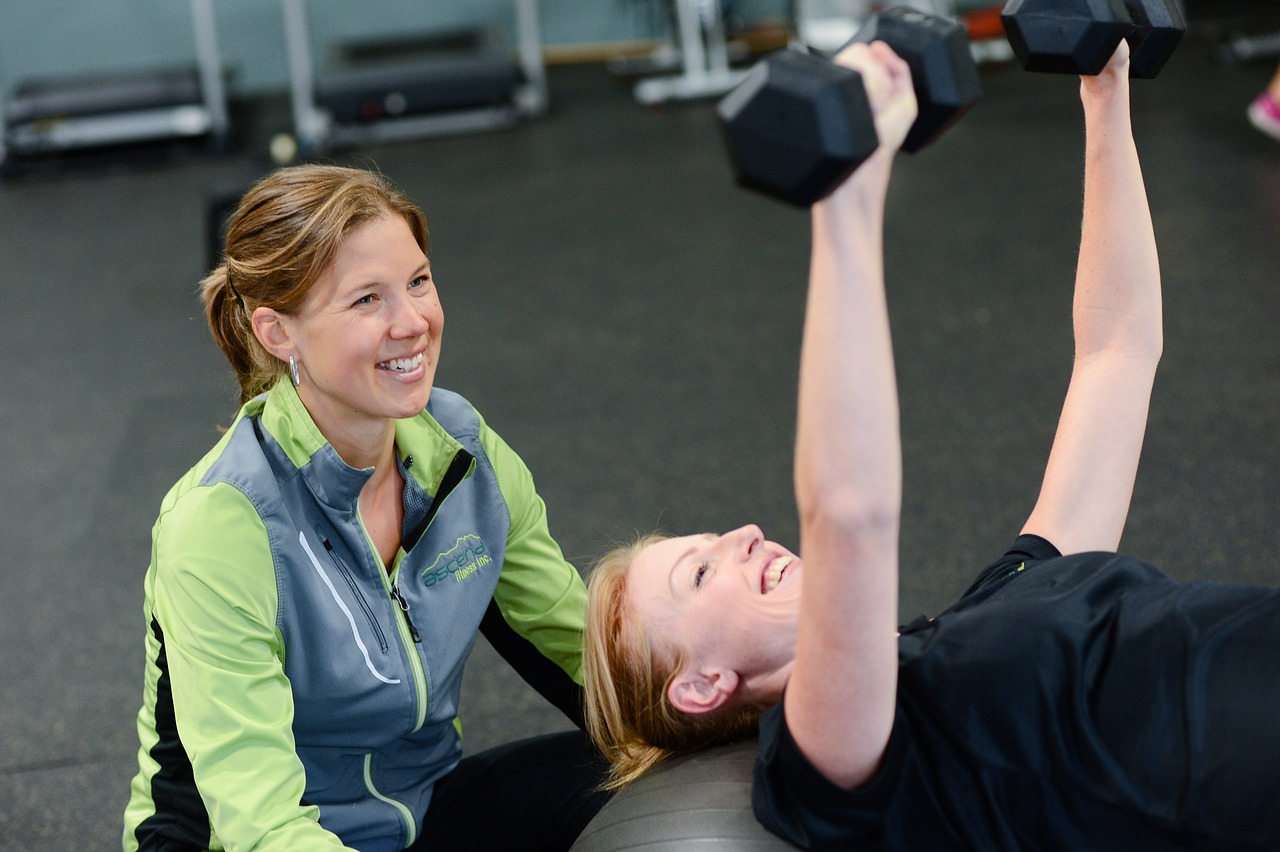Exercise is often seen as a universal activity, but gender-specific physiological, psychological, and social differences can play a significant role in shaping attitudes and performance. These distinctions influence not only how men and women train but also the outcomes they can expect. Understanding these factors is crucial for tailoring fitness programs to individual needs and maximizing results.
Muscle Mass and Physical Strength
One of the most notable differences between men and women in fitness is the disparity in lean muscle mass (LMM). On average, women have roughly two-thirds the LMM of men, which directly impacts strength and power. Men generally excel in activities requiring explosive force, such as sprinting, jumping, or heavy lifting, due to their greater muscle volume and higher levels of testosterone. Women, however, often demonstrate superior endurance capabilities, a difference that influences training methodologies and goals.
The structural differences in men and women’s skeletal systems can influence performance in certain exercises. For instance, when women extend their arms in a supinated position, their elbows are closer together, creating an "X" shape rather than the parallel lines observed in men. This angular displacement can make activities such as throwing or exercises requiring maximum leverage slightly more challenging for women. Recognizing these biomechanical differences allows for adjustments in technique and exercise selection to optimize performance.
Psychological Factors and Exercise Motivation
Psychological attitudes toward body image and fitness goals often vary between genders. Studies reveal that men are more likely to be satisfied with their weight, whereas women are often more critical of their physiques. This divergence can affect exercise motivation, with women frequently pursuing fitness for aesthetic reasons and men focusing on performance or muscle gain. These differences underline the importance of fostering a supportive and inclusive fitness culture that emphasizes health and well-being over appearance.
Physiological differences in heart and lung size contribute to variations in cardiovascular capacity. Men typically have larger hearts and lungs, resulting in higher stroke volumes and oxygen-carrying capacities. Women, on the other hand, must compensate by increasing their heart rates during vigorous exercise, which places them closer to their maximum capacity. This physiological limitation can result in earlier onset of fatigue for women during high-intensity activities
Interestingly, women are slightly more likely to engage in regular exercise than men, often choosing activities like yoga, pilates, and dance. Men, in contrast, tend to gravitate toward weightlifting and competitive sports. These trends highlight the importance of promoting a diverse range of activities to ensure that individuals can find workouts they enjoy and sustain over time.
Women generally have a higher percentage of body fat than men, with fat distribution concentrated around the waist, arms, and thighs. Men, by comparison, store fat predominantly on the back, chest, and abdomen. Women’s lower center of gravity, owing to their longer trunks and shorter legs, grants them better balance, a trait advantageous in activities like gymnastics or balance-intensive sports.
Contrary to popular belief, physical activity has minimal effect on the average woman’s menstrual cycle. Research indicates that there are no significant restrictions needed during any phase of the cycle. However, individual experiences may vary, and women should listen to their bodies and adjust intensity levels as needed. Exercise can even alleviate symptoms of premenstrual syndrome (PMS) by promoting the release of endorphins.
Heat Tolerance and Thermoregulation
Heat regulation is another area where gender differences are evident. Women generally have fewer sweat glands, lower sweat production, and a higher resting body temperature than men. Additionally, their greater amount of adipose tissue acts as insulation, making it more difficult to dissipate heat. These factors mean that women are more prone to heat stress and must take extra precautions, such as staying hydrated and exercising in cooler environments, during high-temperature conditions.
Pelvic Structure and Athletic Performance
The anatomical differences in pelvic structure between men and women influence movement mechanics. Women’s wider, rounder pelvises and greater femur angles can make running and jumping more challenging. While these structural distinctions do not prevent women from excelling in athletics, they underscore the need for tailored training programs that consider joint stability and mobility to reduce the risk of injury.
Understanding these gender-specific differences enables fitness professionals to design more effective and personalized training programs. For women, incorporating exercises that build upper body strength and improve joint stability can address biomechanical challenges. Men, on the other hand, may benefit from flexibility training to counteract tightness often associated with greater muscle mass. Both genders should focus on balanced, full-body workouts that enhance overall fitness and health.
While biological and psychological differences between men and women influence exercise attitudes and performance, they do not define an individual’s potential. Recognizing these differences allows for the creation of inclusive, effective fitness programs that cater to diverse needs and goals. Ultimately, the key to success lies in finding activities you enjoy, setting realistic goals, and staying consistent in your efforts. With the right approach, anyone can achieve their fitness aspirations and enjoy the many benefits of an active lifestyle.
Copyright 2010 by the American College of Sports Medicine.













